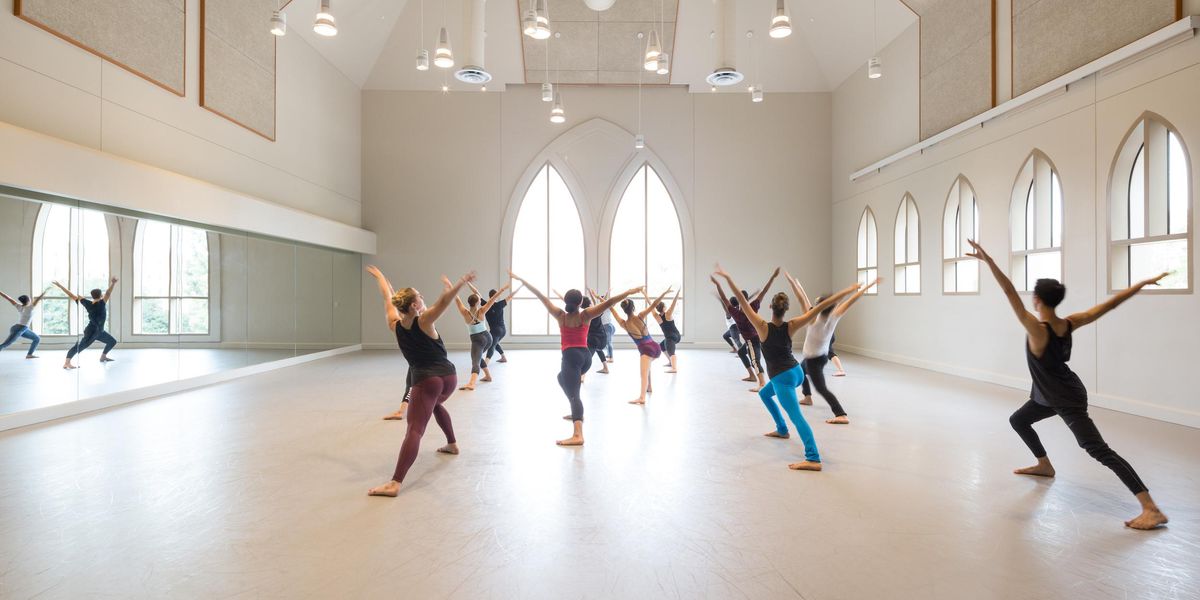Attitudes
Dance is supposed to keep one young—but centenarians are still comparatively rare in the business, with even the unsinkable Martha Graham making it only to 97. In fact, the only truly celebrated dance centenarian I can think of off-hand is the founder of Britain’s Royal Ballet, Ninette de Valois, who died about five years ago at the healthy age of 102, having by unusual chance lived in three different centuries. This month on the 21st, the Russian Igor Moiseyev, the man who first theatricalized folk dance, joins dance’s exclusive 100-plus club. And what perhaps is most remarkable—for Dame Ninette had long effectively abandoned the institution she once created—is that until recently Moiseyev was still in executive command of his mighty Moiseyev Ensemble, even though he has, for some years, ceased to tour with the troupe.
I first met the legendary Moiseyev in Moscow 39 years ago, when he was a comparative stripling of 61 but already firmly established in delicate steel and solid concrete inside the topmost tier of the Kremlin-like infrastructure of Soviet dance. He was by then a law unto his own whim, a national figure to be compared in reputation and stature only with the ballerina Galina Ulanova, and a man who had the ear of the then tsaristically imperious Soviet Minister of Culture, Nina Furtseva, at home and the ear of American impresario Sol Hurok abroad. He was a fascinating man—totally confident of his own achievement as the architect-founder of what was then conceivably Russia’s most beloved arts institution and export. He also proved sharply critical of the rest of the Soviet dance establishment, including the Kirov Ballet, which he seemed to dismiss, and his alma mater, the Bolshoi Ballet, which he seemed to dislike. He viewed dance as essentially a people’s art and his own Moiseyev Ensemble as a people’s company.
Born in Kiev, Moiseyev did not see his first ballet until his parents moved to Moscow when he was 13. He was obviously much taken with what he saw, for he promptly started class with Vera Mosolova, one of the private ballet teachers still functioning in those early days of the Soviet Union. Two years later, in 1921, he was taken into the fourth grade of the Bolshoi School, working with Alexander Gorsky and Vasili Tikhomirov, and in 1924 he graduated into the Bolshoi company. His ascent through the Bolshoi ranks was rapid—and soon he was assigned such parts as the slave Ali in Le Corsaire. It was not long before he started choreographing, first in 1930 with The Footballer, a piece much praised for its whimsical humor and featuring himself in the title role. In 1935 he had a huge success with a comic ballet satirizing Western capitalism, Three Fat Men.
Despite a certain reputation for disruptive antiestablishment behavior, his career seemed to be on the fast track to becoming the director of the Bolshoi Ballet. However in 1936, his contemporary from Leningrad’s Kirov Ballet, Rostislav Zakharov, was appointed artistic director of the Bolshoi. It was possibly a coincidence, but in the same year, Moiseyev accepted an offer from the newly formed Theater for Folk Art in Moscow to establish the theater’s dance constituent. It was an exquisite case of the right man being in the right place at the right time, and it affected dance history worldwide. Moiseyev basically theatricalized what hitherto had been an amateur form. He was already well traveled in the Soviet Union, and now he went the length and breadth of that far-flung territory to gather dances and dancers to represent the entire Soviet Union. He rehearsed his new troupe for nearly a year before offering the first public performance in Moscow on October 7, 1937.
Although Moiseyev never quite gave up on classic ballet (he choreographed a disastrous version of Spartacus for the Bolshoi in 1958, and in 1967 started a short-lived Moiseyev Classical Ensemble), from then on he was devoted to folk dance. The dances at first came from the Soviet Union, but from 1955 onward, as his ensemble embarked more and more on foreign tours profitable both in political propaganda and Western currency, the Moiseyev Ensemble would embrace token ethnic dances from other cultures—even, on occasion, an American square dance.
Moiseyev has had many imitators from all over the Soviet Union and its satellites and a few from outside that so-called Iron Curtain. Some national groups, notably I suppose the Georgian State Dance Company, the Ukrainian State Folk Dance Company, Poland’s Mazowsze, and the Ballet Folklorico of Mexico, have almost rivaled the fame and popularity of Moiseyev’s original troupe. But all have followed his vision and copied his formula. Yet it was Moiseyev who first spun a magic proscenium arch around the village square—and no one has ever done it more effectively. Happy Birthday, Igor!
Senior Consulting Editor Clive Barnes also covers dance and theater for
The New York Post.




